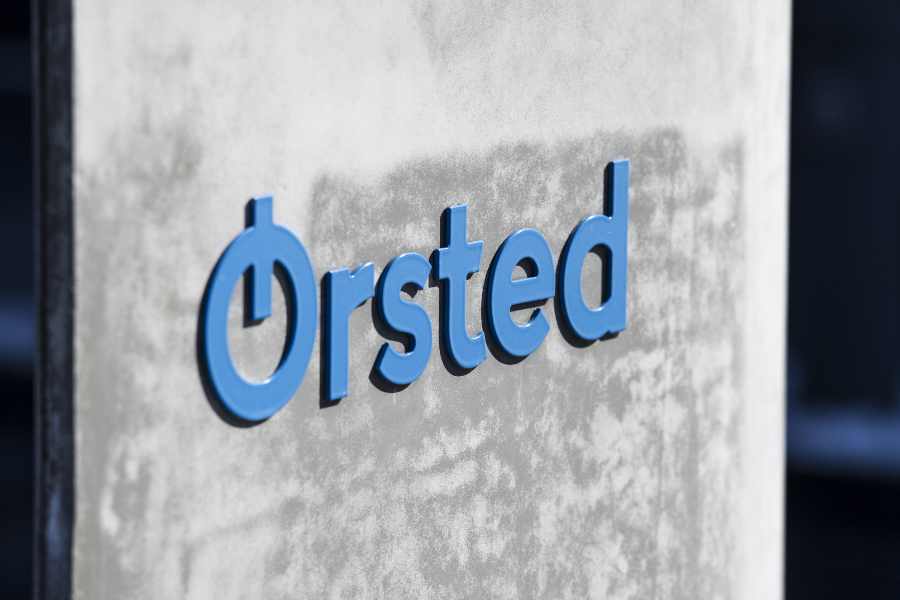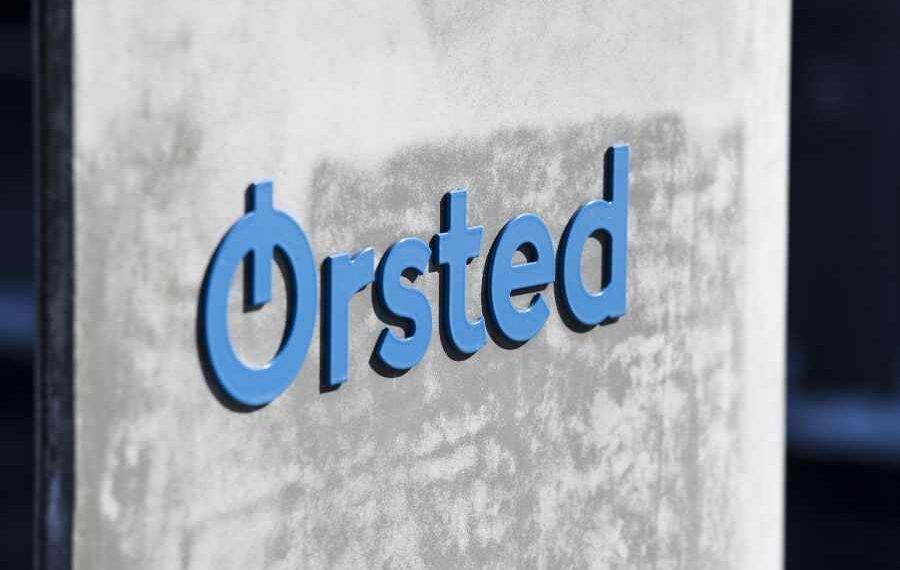Ørsted has made the final investment decision (FID) on the Farranrory Onshore Wind Farm in Tipperary, marking the company’s 22nd wind farm on the island of Ireland.
The decision comes after the project successfully secured a contract in the Irish Government’s Renewable Electricity Support Scheme 3 (RESS 3) auction held in September 2023.
In addition to Farranrory, Ørsted also received a contract for the Garreenleen Solar Farm in Carlow, which recently achieved FID as Ørsted’s first solar project in Ireland set to commence construction.
Ørsted’s Farranrory Onshore Wind Farm - Project Details
Situated in Tipperary, within Munster Province in Ireland, the upcoming wind farm will feature nine turbines with a total capacity to generate 43.2 MW of green electricity.
Anticipated to be fully operational by the summer of 2026, the completion of the Farranrory Onshore Wind Farm will elevate Ørsted’s operational capacity in solar power and onshore wind across Ireland and Northern Ireland to over 500 MW.
The electricity generated by the wind farm is expected to power the equivalent of 25,000 homes with renewable energy. With the recent investment decision, the project will also install the necessary infrastructure to facilitate its connection to the grid.
Farranrory Onshore Wind Farm – Key Features | Details |
Capacity (MW) | 43.2 |
Number of Wind Turbines | 9 |
Location | Tipperary, Munster Province, Ireland |
Operational Date | Summer 2026 (expected) |

In response to the investment decision, Kieran White, Senior Vice President of Onshore in Region Europe at Ørsted, stated, “Wind energy plays a pivotal role in the transition to renewable energy, and we are proud to confirm that we will invest in our 22nd Irish wind farm.”
He further added, “Our final investment decision is testament to our commitment to providing green energy to the Irish grid, driving down the cost of electricity for consumers, and contributing to Ireland’s overall energy independence. Pending grid connection, we look forward to seeing the wind farm in commercial operation by summer 2026.”
Related Project and News – Other wind farm projects around the world:
- Nordex to deliver 20 wind turbines for Denker & Wulf’s 3 wind farms in Germany
- Vestas awarded contract to deliver 242 wind turbines for SunZia Project in New Mexico, USA
- Sabanci Renewables chooses Bechtel to deliver Oriana Solar Farm Project in Texas
- Nordex will supply 18 wind turbines (106MW) to Capital Energy for the Mareas wind farm projects in Zaragoza, Spain
How does the RESS Auction work?
The Renewable Electricity Support Scheme (RESS) is an initiative by the Irish government aimed at fostering the development of renewable energy projects in Ireland. Typically conducted through auctions, RESS invites bids from various renewable energy projects, including those involving wind, solar, and biomass, to secure contracts for supplying a predetermined amount of electricity to the grid.
These contracts offer financial support and stability to renewable energy developers, contributing to the growth of renewable energy in Ireland’s overall electricity generation.
In September 2023, Ørsted announced its success in securing two contracts through the Irish Government’s third onshore Renewable Electricity Support Scheme (RESS 3) auction. The approved Ørsted projects include the 81 MW Garreenleen Solar Farm in Carlow and the 43.2 MW Farranrory Onshore Wind Farm in Tipperary.
Ørsted reported that the RESS 3 auction had an average strike price of EUR 100.47 per MWh, aligning with similar pricing structures seen in other European markets.
How the RESS auction works?
Overall, the auction is a competitive process where bids are evaluated based on various factors, including the bid price, project size, and other relevant criteria. Typically, the projects with the lowest bid prices that meet the specified criteria are chosen. This helps ensure that the government can achieve its renewable energy goals at the lowest possible cost to consumers.
The winning bidders are awarded long-term contracts or power purchase agreements (PPAs) that guarantee a fixed price for the electricity generated by their renewable energy projects (in a commercial structure similar to a Public-private partnership). These contracts provide financial stability and incentives for developers to invest in and operate renewable energy facilities.
Suggested Reading: Public Private Partnerships (PPPs): What are they? How they Work?
Once awarded, developers proceed with the development, construction, and operation of their renewable energy projects (in this case, with the development and construction of the Farranrory Onshore Wind Farm).
As renewable energy projects become operational, they feed electricity into the grid and the developer generates revenue according to the amount of electricity produced and the contracted price.
This ensures that developers receive a predictable revenue stream, often for a set number of years, and helps with project financing.













